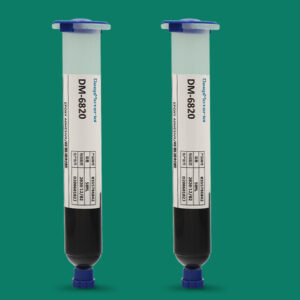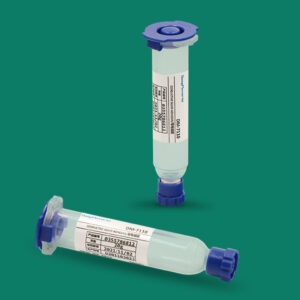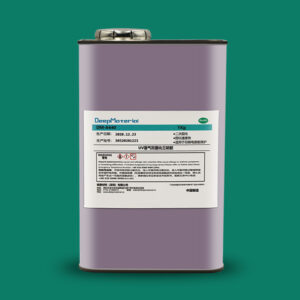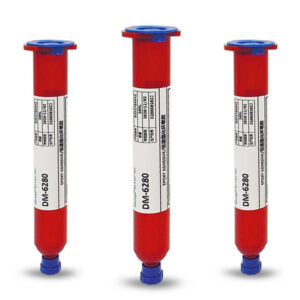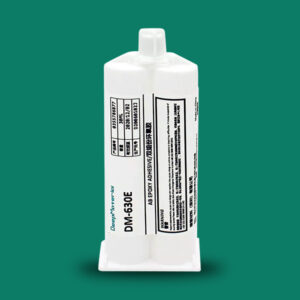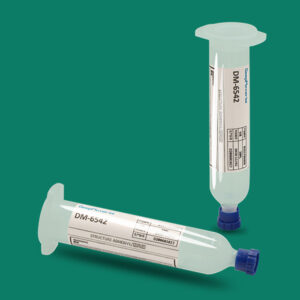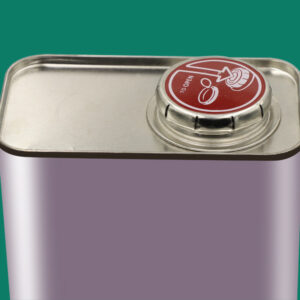Fire Suppression System for Battery Room: Essential Safety Measures for High-Risk Environments
Fire Suppression System for Battery Room: Essential Safety Measures for High-Risk Environments
As the adoption of large-scale batteries for energy storage, electric vehicles, and backup power systems grows, the need for safe and reliable battery room environments becomes more critical. A robust fire suppression system is key to maintaining safety in these high-risk areas. Batteries, especially lithium-ion types, pose significant fire hazards due to their propensity to overheat, catch fire, or even explode under certain conditions. Therefore, an effective fire suppression system in battery rooms is not just a regulatory requirement but also a life-saving investment that helps protect both people and valuable equipment.
In this article, we will explore the importance of fire suppression systems in battery rooms, the types of fire hazards posed by batteries, and the best strategies for choosing and implementing a fire suppression system that meets both safety standards and operational needs.
Understanding the Risks of Battery Rooms
Battery rooms, especially those housing high-capacity energy storage systems or electric vehicle (EV) charging stations, present unique fire risks due to the chemical properties of the batteries. Here are some common hazards:
Thermal Runaway
Thermal runaway occurs when a battery cell experiences an internal failure, leading to an uncontrollable increase in temperature, which can cause fires or explosions. Overheating and degradation of performance are particularly common with lithium-ion batteries.
Overcharging or Short Circuits
Improper charging or short circuits can generate excessive heat and increase fire risk. This risk is higher when batteries are poorly maintained or faulty charging equipment.
Electrolyte Leaks
Batteries contain volatile chemicals like electrolytes that can leak if the battery casing is damaged. These chemicals are highly flammable and can exacerbate a fire.
Mechanical Damage
Physical impacts or improper handling of batteries can lead to short circuits, punctures, or other damage, which can result in a fire.

Fire Suppression Systems for Battery Rooms: Key Considerations
Choosing the right fire suppression system for a battery room is crucial for ensuring the safety of personnel and minimizing damage to equipment. Here are some factors to consider:
Fire Detection and Early Warning Systems
Before any suppression system activates, it’s essential to detect fires early. Early detection can allow for quicker response times and, in some cases, prevent a minor incident from escalating into a major fire. Options include:
- Smoke Detectors:Detect smoke particles in the air, ideal for early-stage fires.
- Heat DetectorsDetect temperature changes, especially in environments like battery rooms where smoke might not initially be present.
- Gas Detectors:Some battery fires release gases that can be detected early, providing an early warning.
Types of Fire Suppression Systems
The choice of suppression system is dictated by the specific fire risks in the battery room and the type of batteries used. Below are the main options:
Clean Agent Fire Suppression Systems
Clean agent systems are non-toxic, non-conductive, and leave no residue, making them ideal for protecting sensitive electronic equipment, including batteries. The most common agents used include:
- FM-200 (Heptafluoropropane):A practical, fast-acting agent that discharges quickly to suppress fires without causing damage to equipment.
- Novec 1230 (C6H8O2):Novec 1230 (C6H8O2) is a more environmentally friendly option that is safe for both people and the environment.
- CO2 Systems:These systems are highly effective for extinguishing fires but can be hazardous to humans in confined spaces due to oxygen displacement.
Water-Based Fire Suppression Systems
Water systems can effectively cool down overheated areas, but they come with risks, especially in battery rooms with electrical equipment. Water interacting with electrical systems can cause additional damage or even electrical shocks. Therefore, water-based systems should only be used if the battery room is designed to mitigate such risks.
Dry Chemical Suppression Systems
Dry chemical systems use a powder (often monoammonium phosphate) to suppress fires. These systems effectively prevent fires from spreading but can leave a residue that may damage battery equipment.
Inert Gas Systems
Inert gas suppression systems, such as nitrogen, lower the room’s oxygen level so that combustion can no longer occur. These systems are effective but require precise environmental control and must be installed with proper ventilation to prevent oxygen levels from becoming too low for personnel to breathe.
Designing an Effective Fire Suppression System
Designing a fire suppression system for a battery room requires careful planning to address several factors:
- Room Size:Larger rooms may need multiple suppression units or more robust systems to ensure adequate coverage.
- Ventilation:A battery room’s ventilation system must be factored into the fire suppression design to ensure that fire suppression agents are evenly distributed and to avoid trapped gases from re-igniting.
- System Control:The system should be automated, with fail-safe mechanisms that allow the suppression system to function in the event of power failures or malfunctions.
- Compliance with Standards:Fire suppression systems must comply with local, national, and international fire safety codes, such as the National Fire Protection Association (NFPA) 855 standards for energy storage systems.
Benefits of Fire Suppression Systems in Battery Rooms
Integrating a fire suppression system into a battery room has multiple benefits:
- Increased Safety:A fire suppression system minimizes the risk of fire and potential injuries or fatalities.
- Protection of Equipment:Battery systems can be expensive, and a fire suppression system can help protect these investments by preventing or minimizing fire damage.
- Compliance with Safety Standards:Many jurisdictions require battery rooms to meet specific fire safety standards, and fire suppression systems ensure compliance with these regulations.
- Reduced Downtime:Quick suppression of fires minimizes the impact of a fire incident, reducing downtime and allowing operations to resume faster.
- Insurance Benefits:Insurance companies may offer reduced premiums for facilities with advanced fire suppression systems due to the reduced risk of damage and injury.
Best Practices for Fire Safety in Battery Rooms
While a fire suppression system is critical, the overall fire safety strategy for a battery room should include several best practices:
- Regular Maintenance and Inspections:Battery systems should be regularly inspected for signs of damage, leakage, or overheating. Fire suppression systems also require periodic checks to ensure that they will function in an emergency.
- Proper Battery Management:Ensuring that batteries are correctly installed, charged, and maintained reduces the likelihood of thermal runaway and other fire hazards.
- Training and Drills:Staff should be trained on fire safety procedures, including how to operate fire suppression systems, evacuate safely, and respond to emergencies.
- Adequate Ventilation:Battery rooms should have appropriate ventilation systems to help dissipate heat and prevent the buildup of flammable gases.

Conclusion
The importance of a fire suppression system for battery rooms cannot be overstated. Given the high risks associated with modern battery technologies, it’s essential to implement the proper fire suppression measures to protect personnel, equipment, and operations. By considering factors like the type of fire hazards, detection methods, suppression system options, and ongoing mainenance, businesses can ensure a safer environment for energy storage and EV battery systems.
For more about choosing the best fire suppression system for battery room: essential safety measures for high-risk environments, you can pay a visit to DeepMaterial at https://www.epoxyadhesiveglue.com/category/epoxy-adhesives-glue/ for more info.




